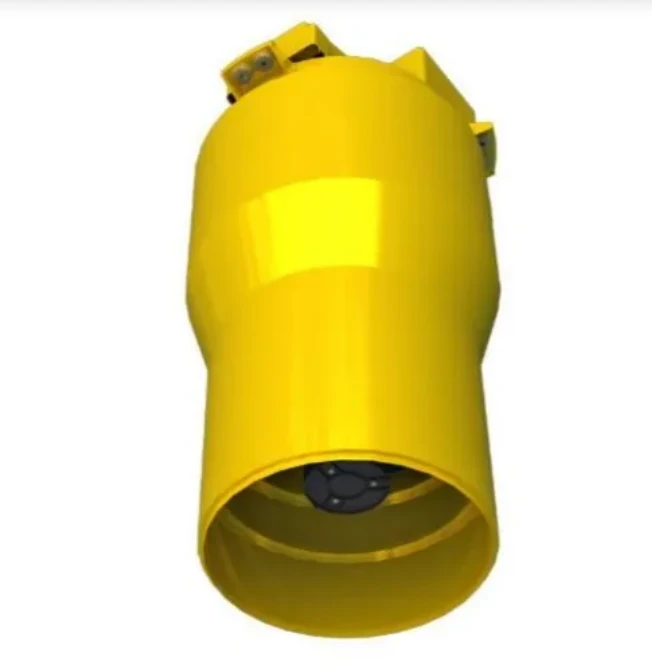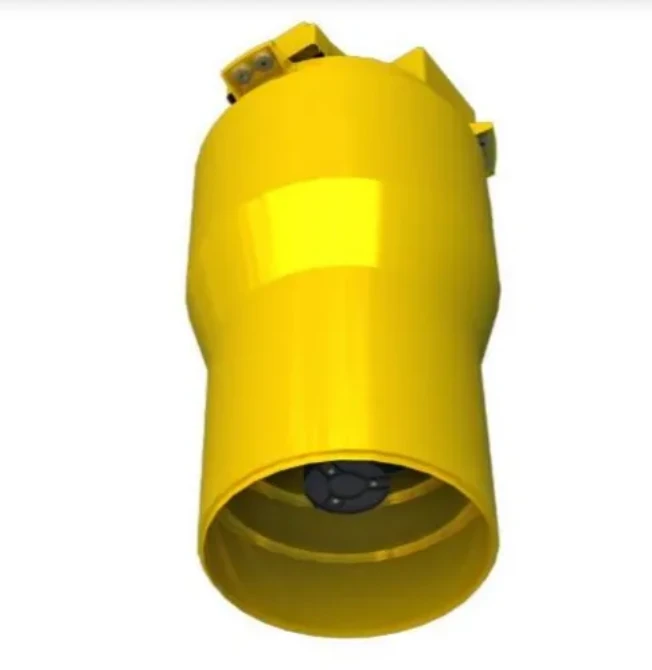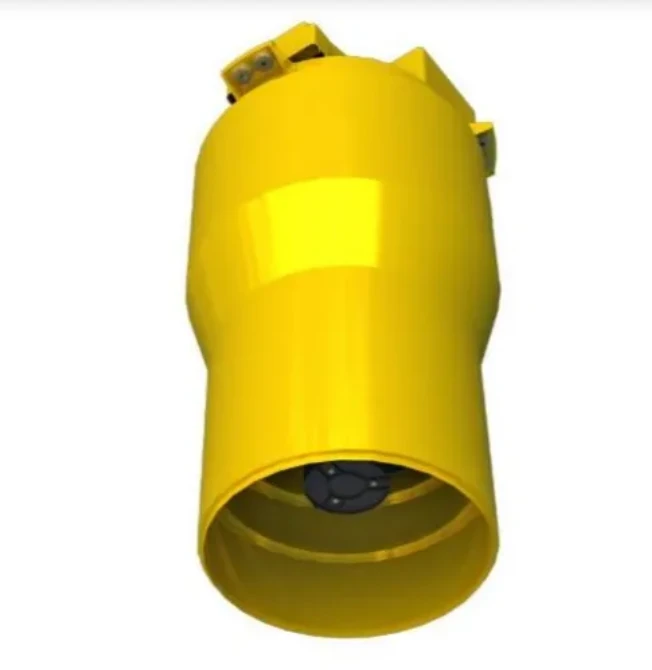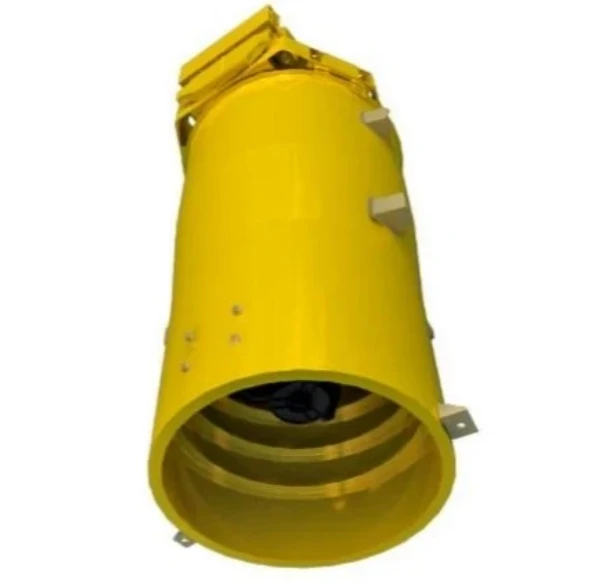
- Afrikaans
- Albanian
- Amharic
- Arabic
- Armenian
- Azerbaijani
- Basque
- Belarusian
- Bengali
- Bosnian
- Bulgarian
- Catalan
- Cebuano
- China
- Corsican
- Croatian
- Czech
- Danish
- Dutch
- English
- Esperanto
- Estonian
- Finnish
- French
- Frisian
- Galician
- Georgian
- German
- Greek
- Gujarati
- Haitian Creole
- hausa
- hawaiian
- Hebrew
- Hindi
- Miao
- Hungarian
- Icelandic
- igbo
- Indonesian
- irish
- Italian
- Japanese
- Javanese
- Kannada
- kazakh
- Khmer
- Rwandese
- Korean
- Kurdish
- Kyrgyz
- Lao
- Latin
- Latvian
- Lithuanian
- Luxembourgish
- Macedonian
- Malgashi
- Malay
- Malayalam
- Maltese
- Maori
- Marathi
- Mongolian
- Myanmar
- Nepali
- Norwegian
- Norwegian
- Occitan
- Pashto
- Persian
- Polish
- Portuguese
- Punjabi
- Romanian
- Russian
- Samoan
- Scottish Gaelic
- Serbian
- Sesotho
- Shona
- Sindhi
- Sinhala
- Slovak
- Slovenian
- Somali
- Spanish
- Sundanese
- Swahili
- Swedish
- Tagalog
- Tajik
- Tamil
- Tatar
- Telugu
- Thai
- Turkish
- Turkmen
- Ukrainian
- Urdu
- Uighur
- Uzbek
- Vietnamese
- Welsh
- Bantu
- Yiddish
- Yoruba
- Zulu
What Defines the Excellence of Dual Band Microstrip Antennas and Their Variants?
In the dynamic field of wireless communication, microstrip antennas have revolutionized signal transmission with their compact design and efficiency. Among these, the dual band microstrip antenna, dual band microstrip patch antenna, fractal microstrip antenna, fractal microstrip patch antenna, and inset fed microstrip patch antenna stand out as innovative solutions tailored for modern connectivity needs. Each variant integrates unique structural and operational features, addressing challenges in bandwidth, size, and performance across diverse applications.
Exploring the Design and Utility of Dual Band Microstrip Antennas
A dual band microstrip antenna is engineered to operate efficiently at two distinct frequency bands, making it ideal for multi - standard communication systems. By incorporating adjustments to the radiator’s dimensions or feed structure, this antenna can support simultaneous operations, such as GSM and Wi-Fi, without compromising signal quality. For example, in mobile devices, a dual band microstrip antenna ensures seamless switching between frequency bands, enhancing connectivity in regions with varying network standards. Its planar structure allows for easy integration into compact devices, while the dual - band capability reduces the need for multiple antennas, optimizing space and cost in wireless systems.
Unveiling the Complexity of Fractal Microstrip Antennas
Fractal microstrip antenna designs leverage fractal geometry to achieve miniaturization and wide bandwidth in a single structure. The self - similar patterns of fractals, such as the Sierpiński triangle or Koch curve, enable the antenna to resonate at multiple frequencies within a reduced physical size. This makes fractal microstrip antenna particularly useful in applications where space is limited, such as IoT sensors or wearable devices. Compared to traditional designs, a fractal microstrip patch antenna can cover broader frequency ranges with enhanced radiation efficiency, thanks to the increased current path length created by the fractal geometry. Researchers often optimize these patterns to balance size reduction with impedance matching, ensuring reliable performance in compact wireless systems.
Analyzing the Inset Fed Microstrip Patch Antenna Structure
The inset fed microstrip patch antenna features a feed point offset from the edge of the radiating patch, offering precise control over impedance matching and radiation patterns. This design addresses the challenge of achieving a low - profile antenna with stable performance. By adjusting the inset distance, engineers can fine - tune the input impedance, making it easier to match with transmission lines in high - frequency applications. For instance, in satellite communication systems, an inset fed microstrip patch antenna provides consistent gain and minimal signal loss, even at elevated frequencies. The inset feed also reduces the risk of surface wave excitation, improving the antenna’s radiation efficiency and making it suitable for applications requiring high - performance signal transmission.
The Synergy of Dual Band and Patch Design in Modern Antennas
A dual band microstrip patch antenna combines the advantages of dual - frequency operation with the simplicity of a patch structure, creating a versatile solution for contemporary wireless devices. The patch design, typically a rectangular or circular metallic patch on a dielectric substrate, is modified to resonate at two frequencies through adjustments like slotting, notching, or using multiple layers. In wireless local area networks (WLANs), such antennas support both 2.4 GHz and 5 GHz bands, ensuring compatibility with legacy and high - speed networks. The planar nature of the dual band microstrip patch antenna allows for easy integration into laptop screens, routers, or smart home devices, while its dual - band capability future - proofs systems against evolving communication standards.
FAQ: Key Insights into Microstrip Antenna Variants
What Factors Govern the Design of a Dual Band Microstrip Antenna?
Designing a dual band microstrip antenna requires balancing radiator dimensions, substrate properties, and feed configurations. Engineers adjust the patch length, width, or introduce slots to create multiple resonant modes. The dielectric constant and thickness of the substrate impact impedance and bandwidth, while the feed type—such as microstrip line or coaxial feed—affects matching and radiation patterns. Simulation tools are critical to optimize these parameters for desired frequency bands and performance metrics like gain and efficiency.
How Do Fractal Patterns Enhance Microstrip Antenna Performance?
Fractal patterns in fractal microstrip antenna or fractal microstrip patch antenna enable miniaturization by increasing the electrical length of the radiator without expanding its physical size. This allows the antenna to resonate at lower frequencies in a smaller space. Additionally, fractals can create multiple resonant points, supporting wideband or multi - band operation. The self - similar nature of these patterns also promotes consistent radiation characteristics across frequencies, making them suitable for applications requiring broad bandwidth and compact designs.
What Are the Advantages of an Inset Fed Microstrip Patch Antenna?
The inset feed in a inset fed microstrip patch antenna offers two primary benefits: improved impedance matching and reduced spurious radiation. By moving the feed point inward, the input impedance increases, which is ideal for matching low - impedance transmission lines. This design also minimizes edge effects and surface wave propagation, leading to a more focused radiation pattern and higher efficiency. These advantages make it a preferred choice in applications where precise control over signal direction and minimal interference are essential, such as in point - to - point communication systems.
Can Dual Band Microstrip Patch Antennas Be Used in High - Mobility Environments?
Yes, dual band microstrip patch antennas are well - suited for high - mobility scenarios, such as in vehicles or drones. Their compact size and planar structure allow for easy mounting on curved or limited surfaces. The dual - band capability ensures continuous connectivity as the device moves through areas covered by different frequency bands. However, designers must account for environmental factors like vibration and temperature changes, which can affect the substrate’s dielectric properties and antenna performance. Robust material selection and mechanical reinforcement are key to maintaining reliability in such environments.
What Challenges Exist in Manufacturing Fractal Microstrip Antennas?
Manufacturing fractal microstrip antenna or fractal microstrip patch antenna requires precise fabrication techniques due to the intricate geometries of fractal patterns. Small feature sizes and sharp corners can lead to etching errors in printed circuit board (PCB) processes, affecting impedance and radiation characteristics. Additionally, ensuring consistent material properties across the fractal structure is critical for uniform performance. Advanced manufacturing methods like laser machining or 3D printing are increasingly used to overcome these challenges, enabling the production of high - precision fractal antennas for specialized applications.











